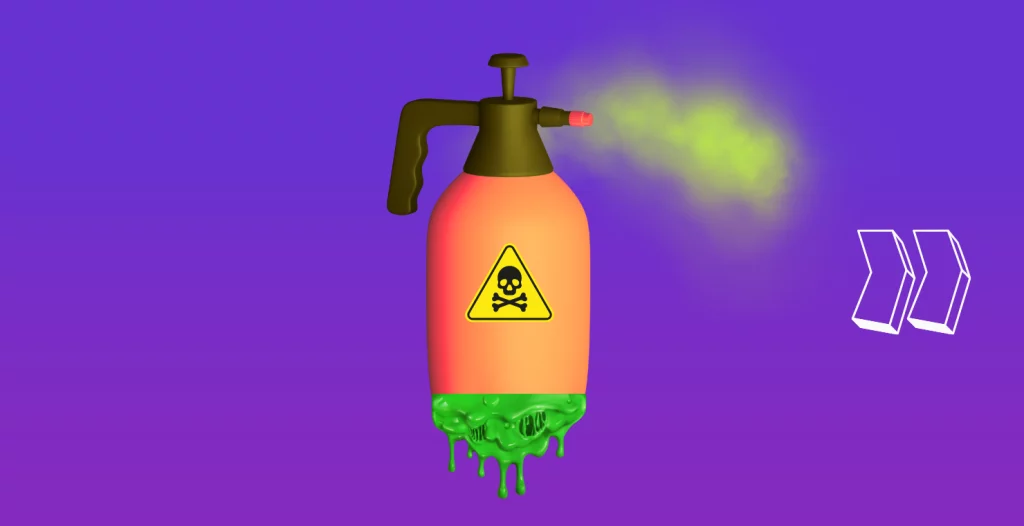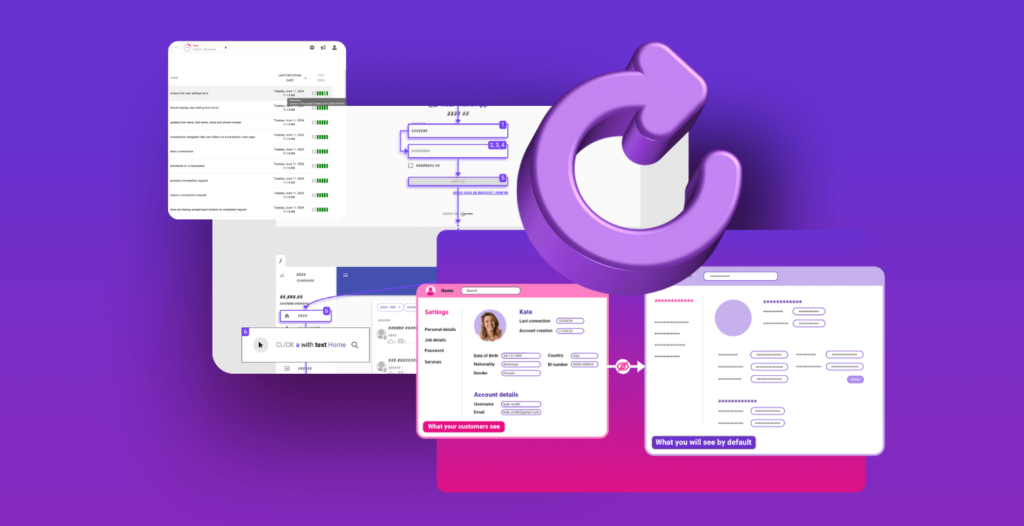Shifting-right: beating the Pesticide Paradox in Automated Testing

Before delving into the Pesticide Paradox, let’s provide a brief overview of the current state of the software testing field. Over the past few years, the emergence of AI-augmented test automation tools has brought about a significant revolution in how test cases are both generated and executed.
These cutting-edge tools harness the capabilities of artificial intelligence to radically transform the testing landscape. Offering enhanced efficiency and precision like never before.
While we can now generate and run tests faster than ever, the key challenge is not merely the quantity of tests but their quality and relevance.
Are we testing the right aspects of our software systems? Are our tests effectively uncovering more bugs and ensuring the reliability, security, and performance of our applications?
Merely having many tests is not enough. We need to ensure that our test suites are:
- comprehensive,
- covering all critical functionalities,
- edge/corner cases
- stay relevant over time.
We must carefully analyze and prioritize the areas that require more thorough testing based on factors such as complexity, risk, production usage, and business impact, among others.
Once more, simply increasing test volume and speed doesn’t equate to enhanced bug detection efficiency. The Pesticide Paradox warns that repeating tests may lose effectiveness over time.
A beginner’s guide to the Pesticide Paradox
Boris Beizer is a prominent figure in the field of software testing. He introduced the concept of the “Pesticide Paradox“. This highlights the idea that as a test suite is repeatedly used, its effectiveness diminishes over time.
This is because the same tests tend to find the same type of bugs, leaving potentially new defects undiscovered.
The paradox states that if the same set of test cases is used repeatedly on the same software application, their ability to find new defects or bugs decreases over time.
The paradox suggests that relying solely on the same set of test cases can lead to a false sense of security as the tests may no longer be effective in uncovering new or hidden defects.
This phenomenon is similar to how pests can develop resistance to pesticides when the same pesticides are used repeatedly.
Several factors contribute to the Pesticide Paradox. Firstly, existing tests tend to become biased towards the types of bugs they have already discovered. The focus shifts from uncovering new issues to simply ensuring previously identified bugs remain fixed.
Secondly, since software development follows an iterative process, new features and functionalities are constantly introduced. Potentially unveiling unforeseen bugs triggered by scenarios not covered in the current test suite.
Beizer suggests that test suites need to be periodically reviewed and updated. The goal is to ensure they remain effective in uncovering new bugs as the software evolves.
Shifting-right to overcome the Pesticide Paradox in Automated Testing
The Pesticide Paradox highlights the importance of continuously evolving and adapting the testing coverage. The goal is to ensure that it remains effective in identifying defects and maintaining software quality.
To overcome the Pesticide Paradox and maintain the effectiveness of testing, it is recommended to regularly update and refresh the test suite. You will need to incorporate new test cases, prioritize those most pertinent, and remove obsolete tests.
To tackle this task effectively, teams can adopt shift-right testing mindset while closely monitoring real-world usage patterns and behaviors in production.
This approach enhances the diversity of test cases and facilitates the identification of obsolete tests.
By closely monitoring real user interactions and behaviors in the live production environment, testing teams gain insights that go beyond the confines of explicit requirements as well as avoiding reliance solely on internal biases and assumptions.
Testing teams need to implement tools and processes to actively monitor, measure, and analyze user behavior when interacting with the live application.
Additionally, it’s essential to observe how tests interact with the application during test runs to reveal disparities between how the application is used by real-world users and how it is tested.
Production Monitoring
To implement this approach in practice, it is crucial to set up production monitoring.
This means putting in place tools and processes to actively watch, measure, and analyze how users behave when interacting with your live application.
You’ll need to work with raw, unstructured data and thoroughly analyze it. The goal is to slice and dice the data to gain insights into how users are engaging with your app.
Look for usage patterns, find out which features are used most frequently, and spot trends in important areas.
Through harnessing insights from real-world application usage, testing teams can combat the Pesticide Paradox by consistently maintaining the relevance and refinement of their test suites
This approach ensures that testing efforts are focused on the aspects of the software that are most relevant to users. Thereby optimizing the test suites and reducing the risks of unforeseen bugs triggered by missing test cases.
The key benefits of understanding user behaviors in production to minimize the effects of the Pesticide Paradox in software testing:
- High-Impact Area Identification: This approach employs meticulous data collection and analysis to pinpoint the high-impact areas within the application. These key areas often encompass frequently accessed features, essential functionalities, and critical user journeys, ensuring a targeted approach to testing.
- Data-Driven Test Case Selection and Prioritization: By closely aligning test cases with actual user interactions and key scenarios, this approach significantly improves the selection and prioritization of tests. As a result, it leads to more refined test coverage, primarily emphasizing critical user journeys and relevant tests.
- Uncovering Implicit Test Cases: An important benefit of this approach is its ability to uncover implicit use cases and scenarios that may not have been explicitly documented in the initial requirements. This ensures a more comprehensive test coverage, helping to reveal unforeseen critical defects in production.
- Test Case Diversity: This approach helps to replicate a diverse range of real-world scenarios encountered by users. Including various user personas and their preferences, edge and corner cases, devices, and environmental conditions.
- Responding to shifts in user behavior: This approach facilitates continuous monitoring and adjustment of priorities and test coverage in line with evolving usage patterns. It ensures that the test suites remain aligned with current user and business needs.
Additionally, involving different team members in writing and reviewing test cases can also help mitigate the Pesticide Paradox. As different individuals may have varying experiences and perspectives, leading to the creation of more diverse and effective test cases.








